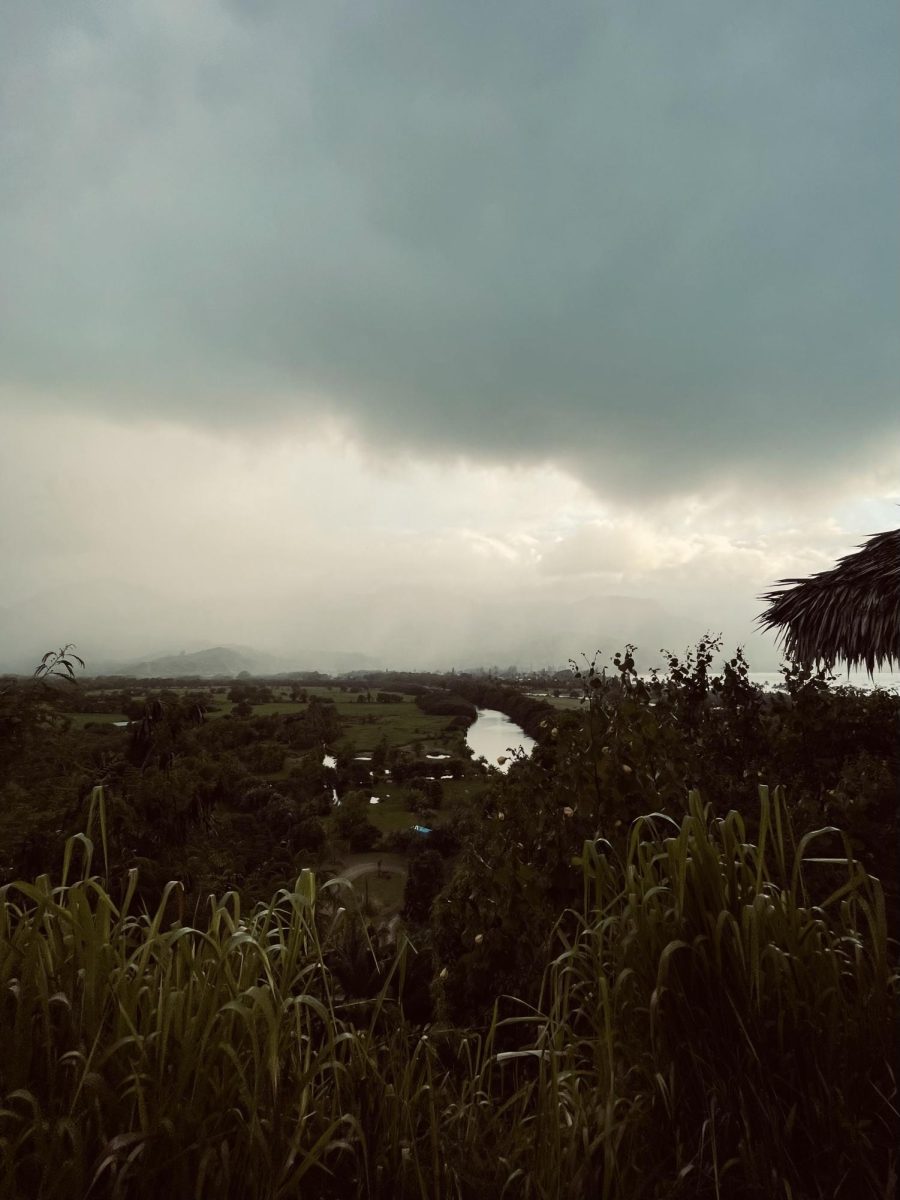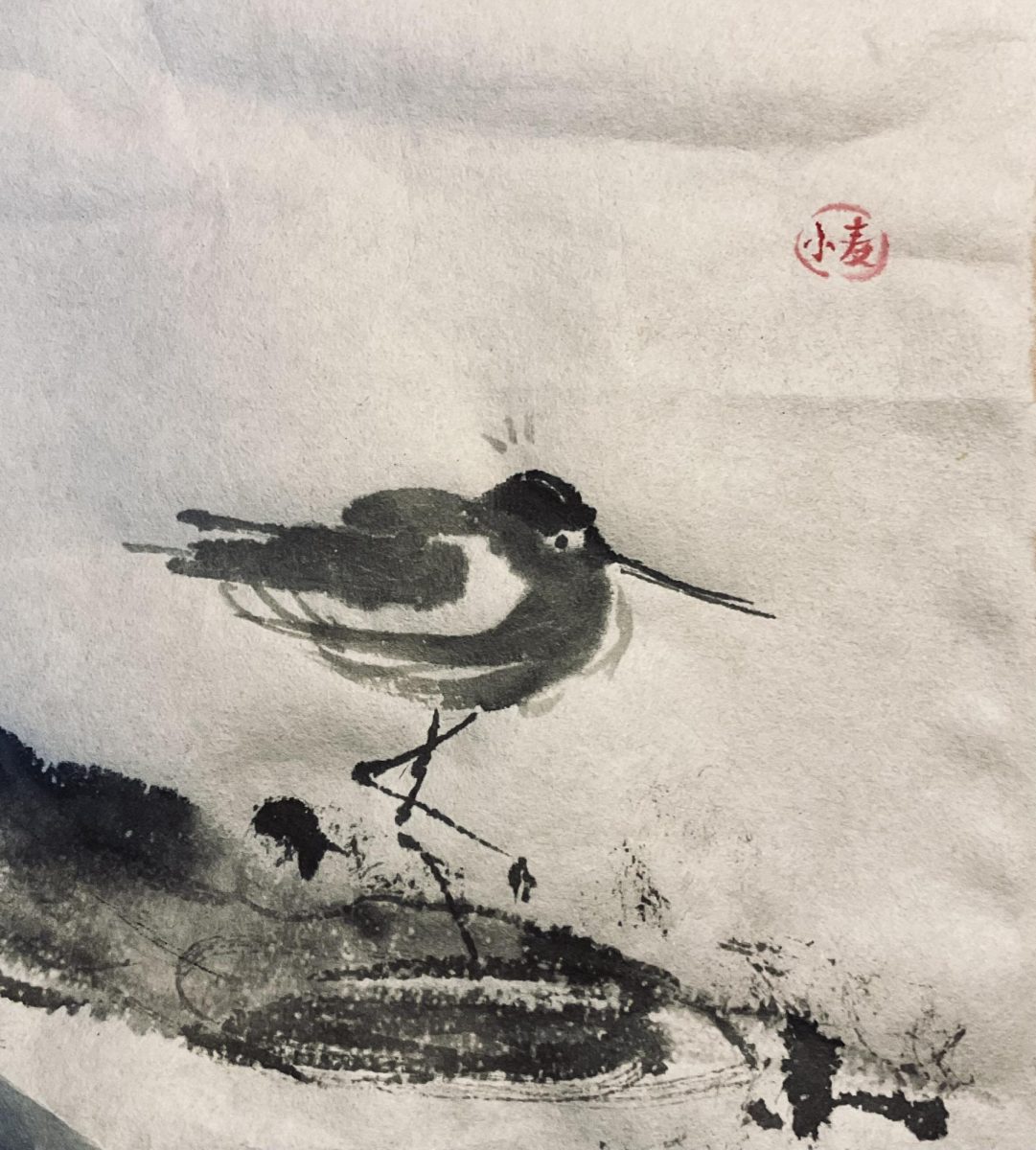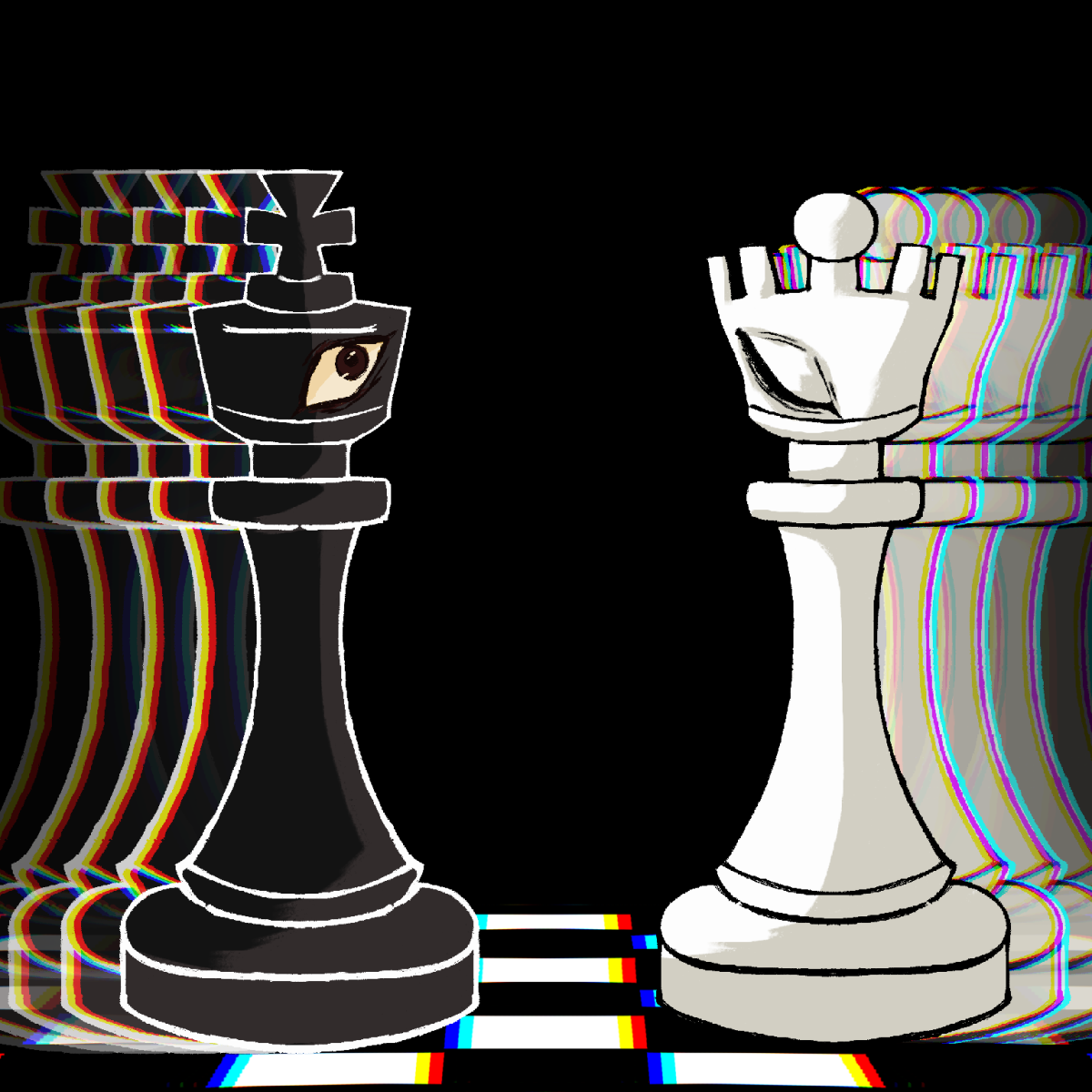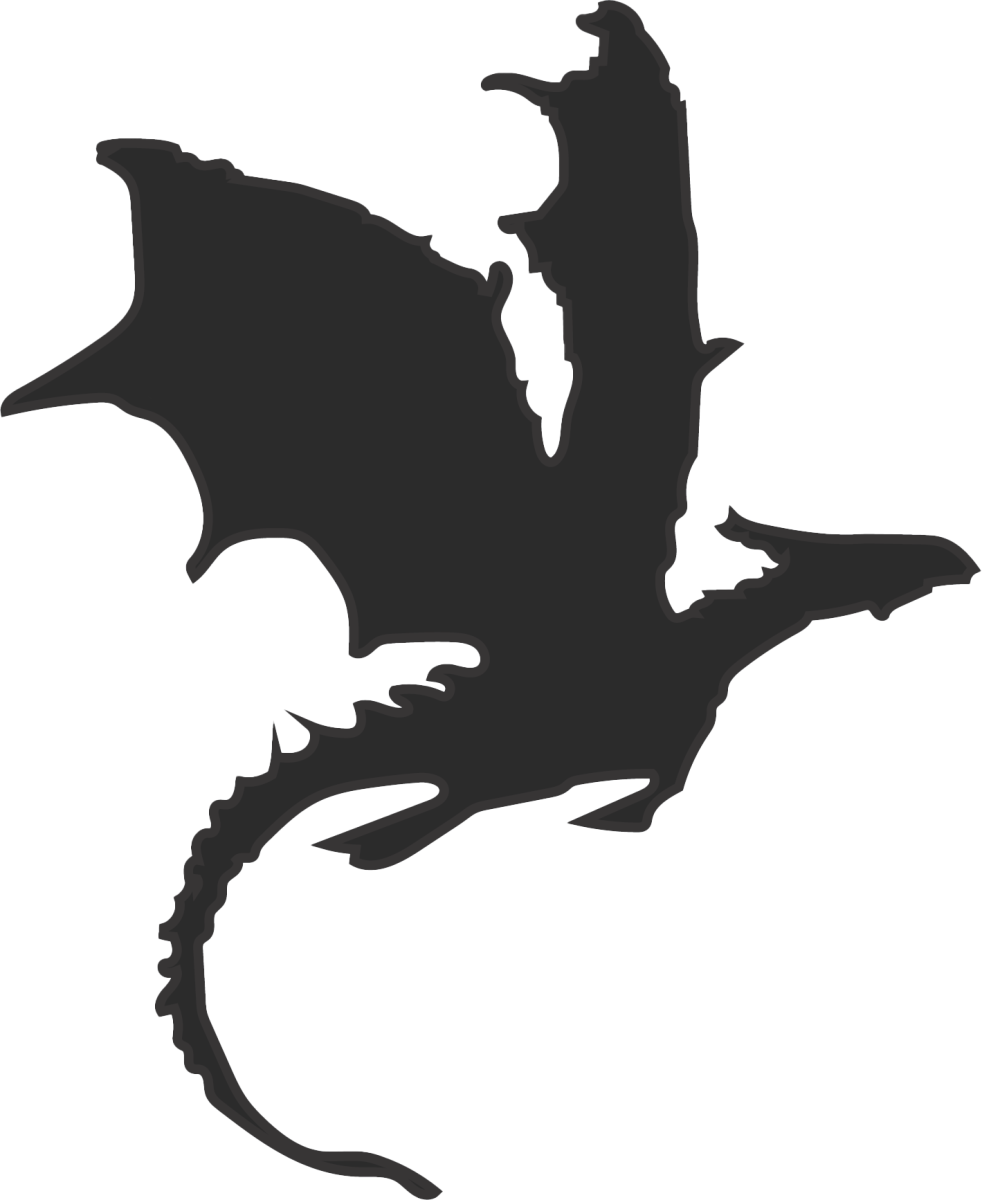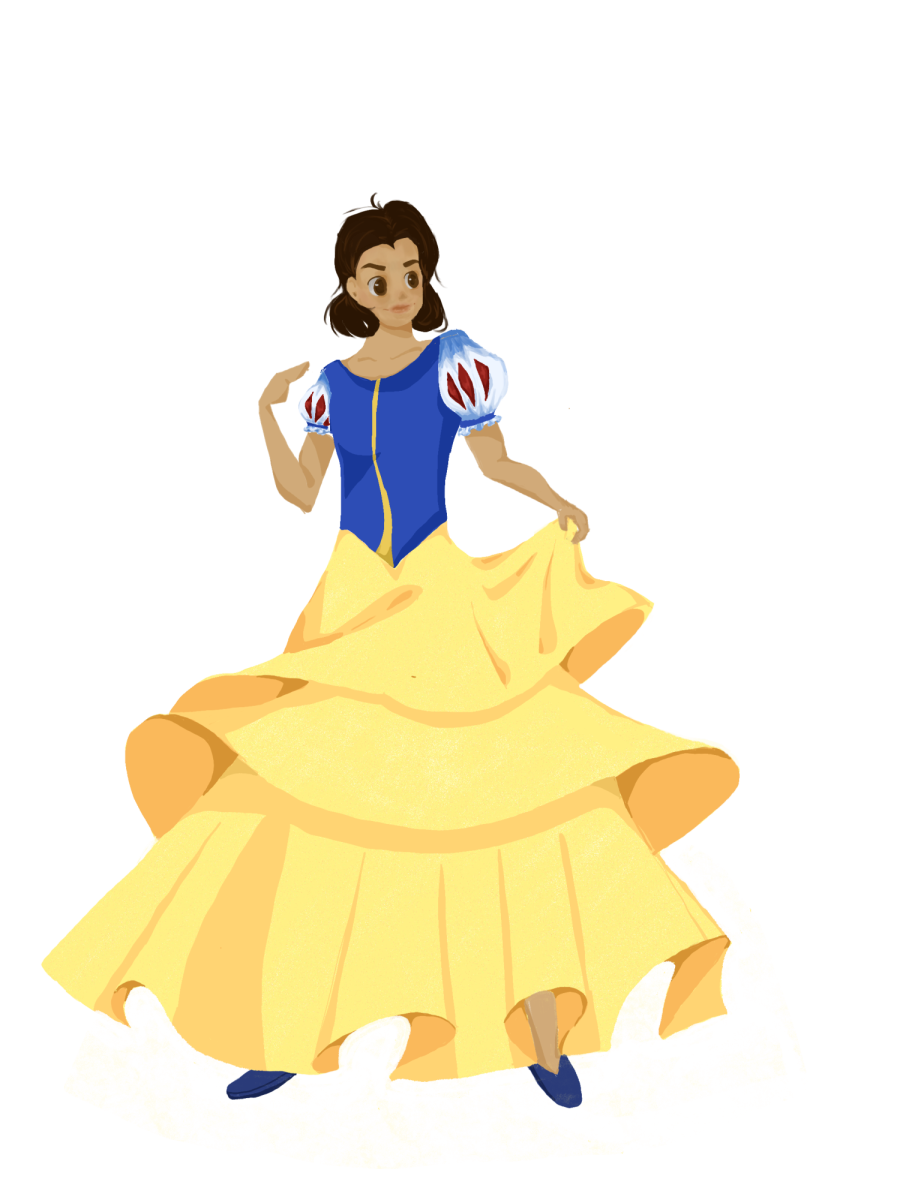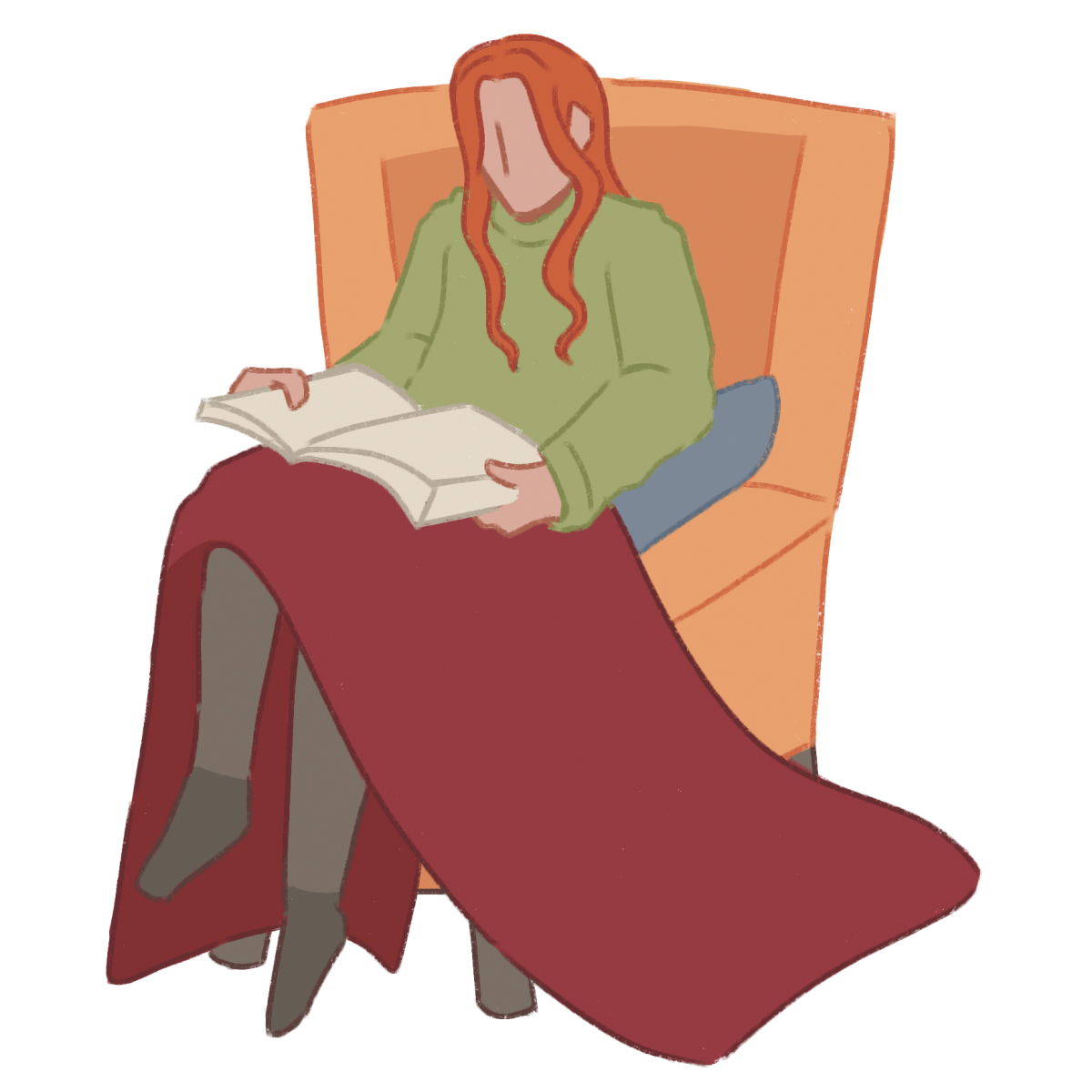
To us, English has always been a space for women.
Growing up tucked in the deepest shelves of the library, we both spent our early years tearing into books like we were starved for knowledge. It seemed like everywhere we looked, girls were the forerunners for anything reading and writing related, whether practicing cursive in a sparkly pink diary in elementary school or completing assigned reading weeks in advance in high school. The stereotype that girls were supposed to be better at reading than boys surrounded us throughout our educational lives.
To be fair, these assumptions weren’t unfounded. A 2022 report from the National Center for Education Statistics said that 15-year-old American girls have a significantly higher level of reading literacy than boys their age. From an early start, American girls are at an advantage in their consumption and understanding of works of literature. Even as adults, women tend to read books at a higher rate than men, as a 2017 report from the National Endowment for the Arts found.
In academic circles, women have become more and more integrated in academic infrastructure. Lisa Mendelman, an Associate Professor of English and Digital Humanities at Menlo College, comments on this shift.
“I had female professors who, themselves, had not had female professors,” Mendelman said. “But I’m now part of a generation of female scholars for whom it was unquestioned that I could go into the professoriate if I wanted to, and I’ve certainly always seen women at the table.”
In commercial spaces, marketing books towards women has become industry standard, as demand for romance novels and young adult fiction soars. Pushed along by online helpers like TikTok and Goodreads, female authors like Sarah J. Maas and Rebecca Yarros have soared to the tops of bestseller lists, drawing in audiences from a wide range of ages. Fantasy was the strongest-selling genre of adult fiction in 2024, according to Publishers Weekly, so the commercial market clearly values the genre.
Yet despite their increasing popularity in the commercial publishing industry, women aren’t receiving the same awards and critical acclaim as men. According to a 2023 paper from the National Bureau of Economic Research, female authors produce roughly half of books published each year, yet their share of literary awards like the Pulitzer Prize stand at only about 30%.
Such awards are often used to determine works with literary merit and mark the boundary of what is considered “serious literature.” So, when women are held back from these spaces, their ability to gain recognition and prestige becomes inhibited, further deepening the chasm between male and female authorship.
Despite the common mainstream perception, female authors are emerging across all genres, not just in Young Adult or Romance, where they are often relegated to. Nonfiction and academic publications are seeing surges of female authorship, and it’s critical that their contributions to the literary sphere be recognized alongside their male counterparts, especially with awards that grant them the credibility they deserve.
“For as long as we have had women writers, we’ve had this expectation that they write domestic fiction, and when they’re not writing domestic fiction they’re writing like men,” Mendelman said. “We still live in the shadow of this perspective today.”
It’s imperative to appreciate female literature, but it must be acknowledged that the authors behind these works are women. The female authors of the world deserve to be acknowledged as valuable contributors to the literary canon in their own right, without the brand of their gender holding them back.
America descends further into anti-intellectualism every day. In this critical period, reading and recognizing female authors for their skill becomes more important than ever. English has long been a space where women are expected, but it’s past time for it to become a place where women are equally respected.


